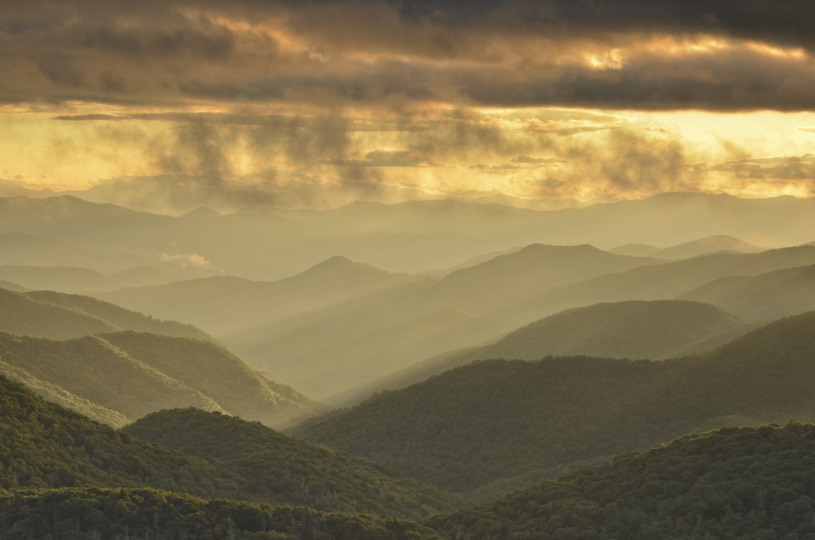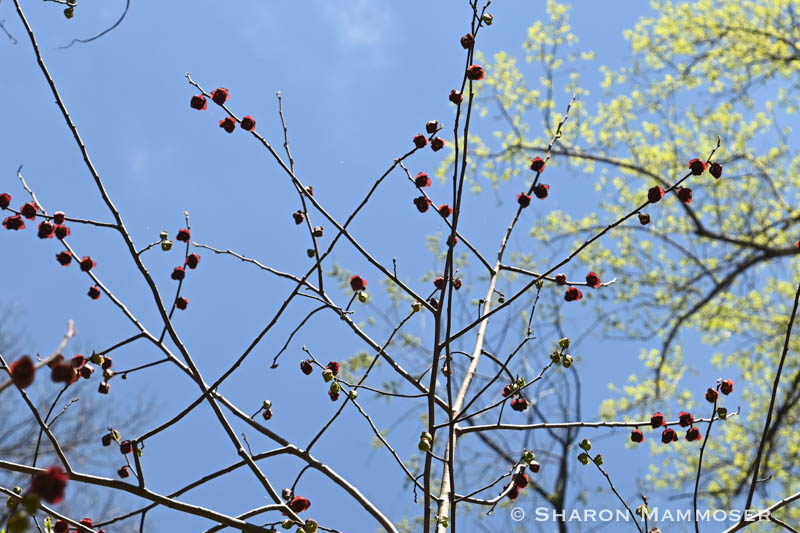If you recognized the unusual flowering tree in last week’s puzzler as Pawpaw, you probably know that this is the largest edible fruit native to the United States. Pawpaw is usually under 25 feet tall, in the understory of the forest. It is found in the eastern half of the United States, from Pennsylvania south to northern Florida and west to the eastern edge of Texas and north to the Great Lakes.
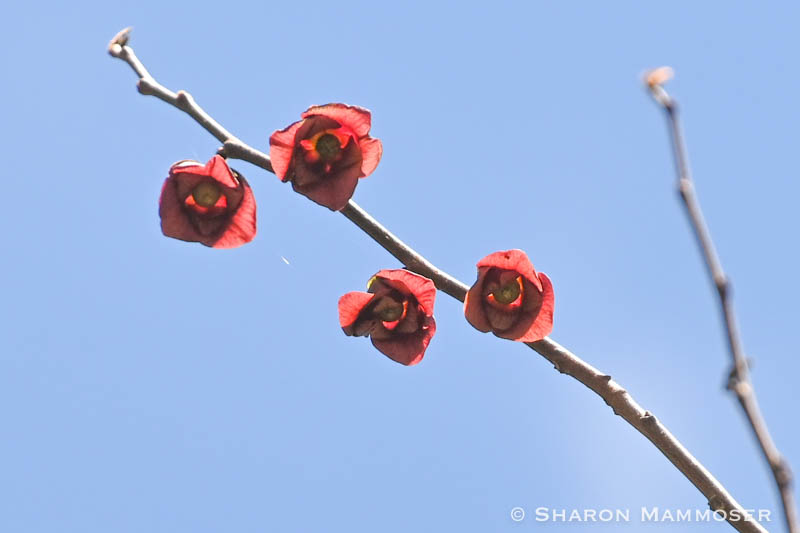
Deer don’t feed on the leaves, but will eat the large fruits that ripen late summer, as will raccoons, opossums, squirrels, bears, foxes, coyotes, birds and many other animals. Have you ever tried pawpaw? The flavor is sometimes compared to bananas though it’s been so long since I’ve tasted one I can’t remember well enough to describe it. The Natural Web says of Pawpaws, “they contain more nutrients than many more commonly eaten fruits, including apples, grapes and peaches. They contain annonaceous acetogenins, chemical compounds that have anticancer properties. These compounds are able to sap cancer cells of their energy, and are thought to have potential in treating cancers that are resistant to other drugs. The compounds are also effective against malaria, as well as other microbial infections.”
Pawpaws often grow in dense thickets and have large tent-like leaves that remind me of the cucumber tree leaves. The leaf is an important food source for the Zebra Swallowtail Butterfly, as like Monarchs feeding on Milkweed, they are specialist on that ONE type of tree.
Here’s a photo:
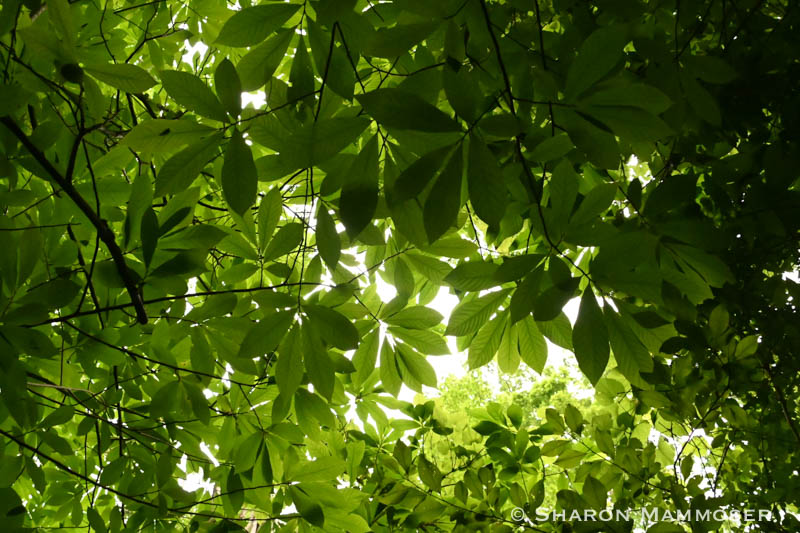
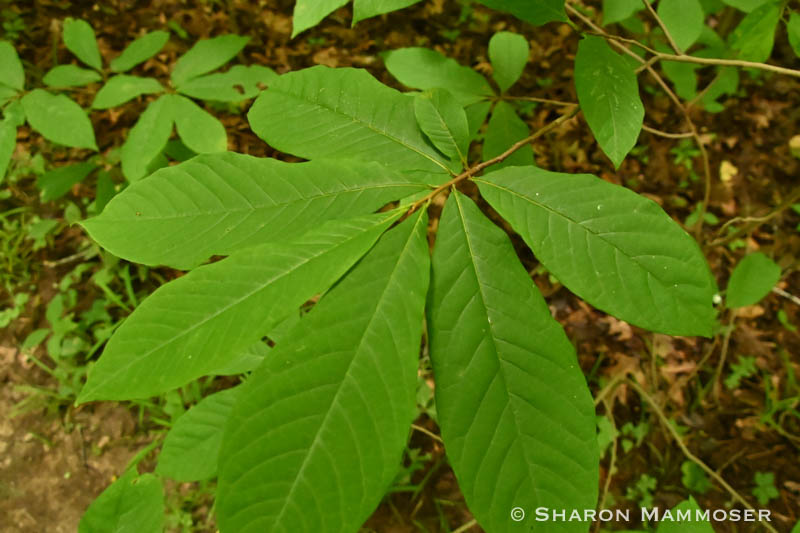
I love the flowers best as I think they are so distinctive and interesting. Right now the Pawpaw trees in South Carolina are blooming so if you live close, get out and check them out for yourselves!
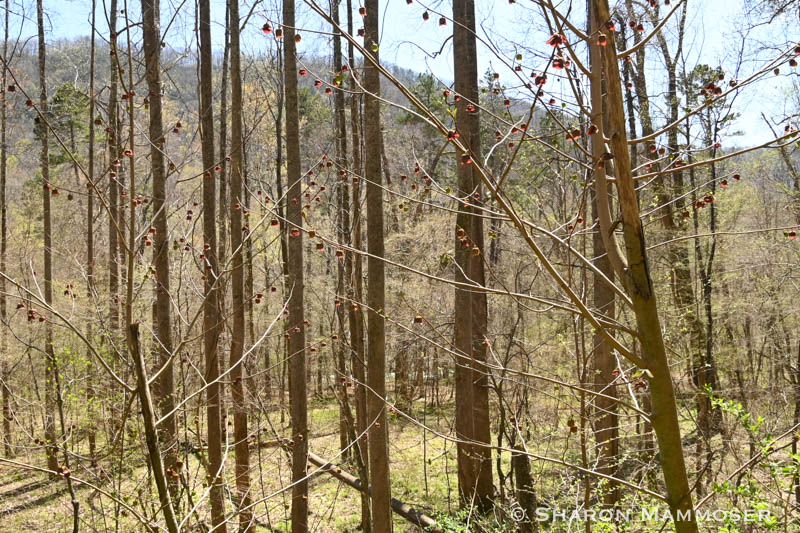
The unusual flowers of Pawpaw remind me just a bit of another shrub with unusual flowers–Sweetshrub, which I featured as a puzzler some time ago, as puzzler #155.
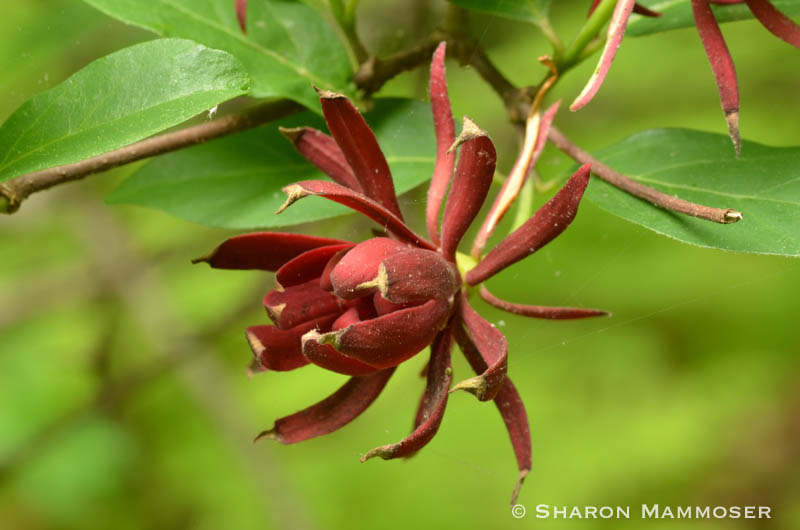
Ready for another puzzler? Let’s stick with our plant theme and do a shrub that is very common along riverbanks in the southern United States.

